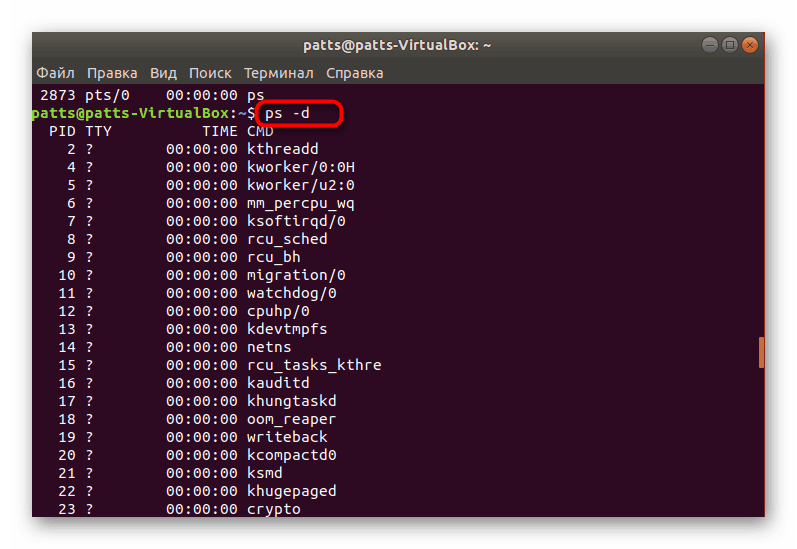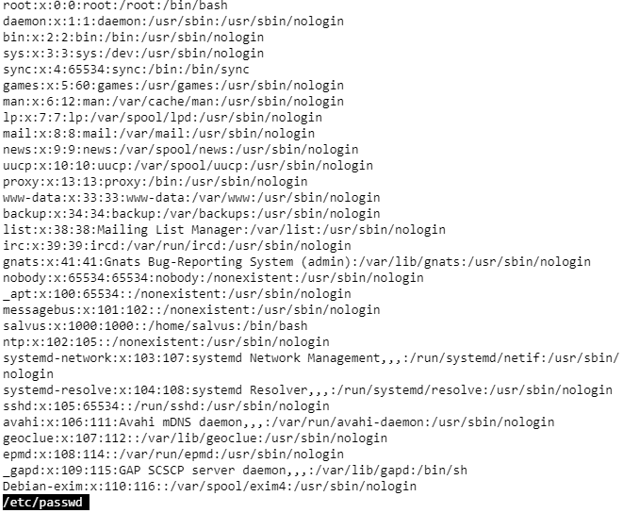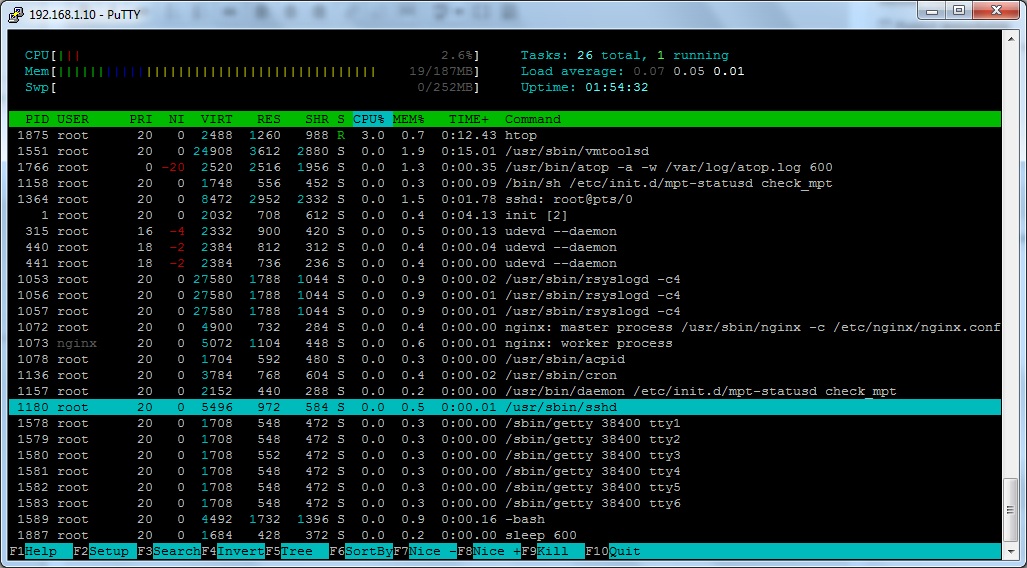

Also, the usage of the BSD-style options will modify the process selection to add processes on many terminals owned by us.We can override it using the environment variable, i.e., PS FORMAT. The usage of the BSD-style options will include process state to the default display and display the command arguments rather than the executable name.

It shows the process ID, the terminal corresponding to the process, the cumulated CPU time in the hh:mm:ss format, and the executable name.

Note: The ps -aux command is different from the ps aux command. There are a few synonymous options, functionally identical, because of several ps implementations and standards that the ps command is compatible with. BSD options may be unified and must not be utilized with a dash.ĭifferent types of options may freely be mixed, but clashes can occur.GNU long options are followed by two dashes.UNIX options may be unified and must be followed by a dash.This version of the ps command accepts many types of options, which are mentioned below: If we wish repetitive selection updates and displayed information, we can use the top command rather. The ps command shows details of a selection of the running processes. It helps us to determine which process is doing what in our system, how much memory it is using, how much CPU space it occupies, user ID, command name, etc. The ps command is used to view currently running processes on the system. Next → ← prev ps Command in Linux/Unix with Examples


 0 kommentar(er)
0 kommentar(er)
